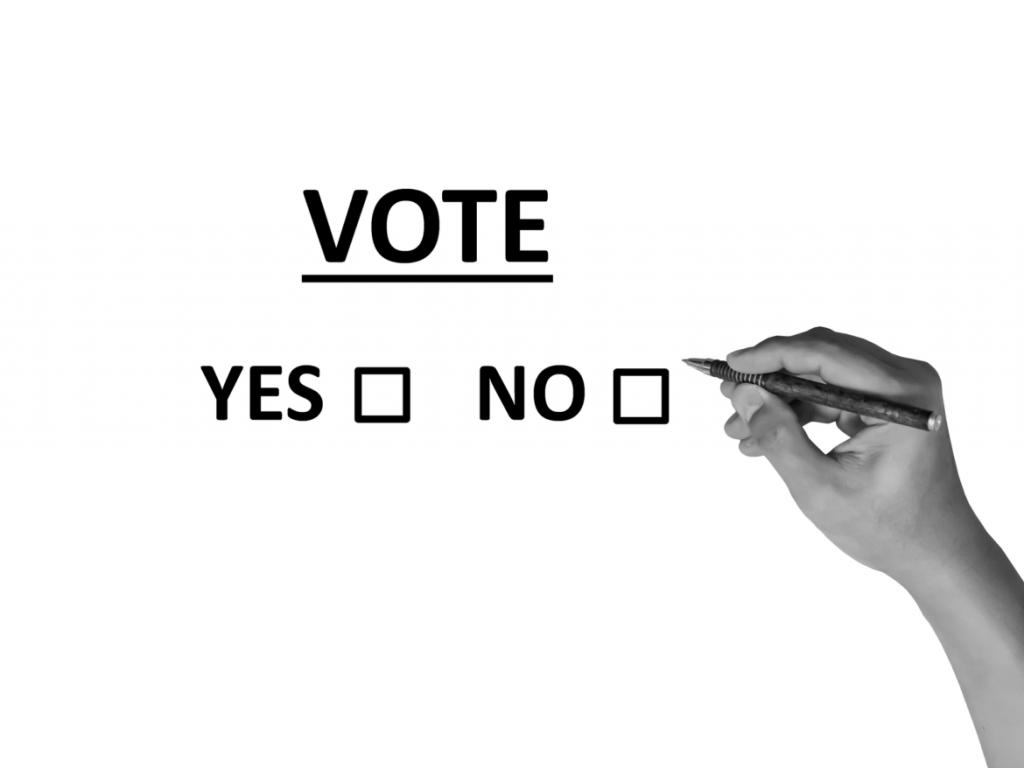Social Media Critic: In another case, at a National Shura, where I would help out taking minutes, I recall a conversation I had with Malik Lal Khan Sahib and the late Mostafa Sabit Sahib (a native Arabic speaker). The latter was surprised that the women didn’t have the same level of participation at the National Shura as the men did (they could be observers, but not vote or lead the sub-committees. I remember Mostafa Sabit Sahib remarking to Lal Khan Sahib words to the effect of, “This isn’t right.”. I know this because I was standing right next to both men. Just the three of us. Often, Jama’at apologists will respond, “Oh, but women have their own shura.”. They don’t realize that throwing women a bone to play in their own sandbox and not have the same level of control in a Shura that affects the entire community, and not just women, is wrong. So obviously wrong.
Response: It appears that you do not fully understand the way Majlis-e-Shura works. Hence, it is important to first fully understand how the system works before making any assumptions. To suggest that the women’s Shura is akin to “throwing women a bone to play in their own sandbox” is deceptive, wrong and has nothing to do with reality. In the Jama’at, there are 3 Auxiliary organizations, namely, Majlis Khuddamul Ahmadiyya, Majlis Ansarullah and Lajna Ima’illah. All 3 have autonomy and their own rules and regulations. Their affairs are taken care of by their chosen representatives. They have their own programs and each has its own Majlis-e-Shura.
The Lajna Ima’illah deal with their own affairs independently, conduct their own programs, have their own mechanisms, offices, tasks, duties, proposals and Majlis-e-Shura. To suggest that all this amounts to nothing is blatantly false and absolutely incorrect. When it comes to the Jama’at National Majlis-e-Shura and elections of delegations, it should be noted that every Jama’at holds elections for their delegates (i.e. members who represent them at Majlis-e-Shura). Hence, all Jama’ats have representatives who are given the opportunity to discuss matters at the National Majlis-e-Shura and then these representatives come back to their Jama’at and report on the discussions and proceedings.
When it comes to women, there is, in fact, no limit on their participation in the National Majlis-e-Shura. Sadr Lajna Ima’illah (the president of the women’s organization) can have any number of women present as delegates in the National Majlis-e-Shura. In a recent Majlis-e-Shura in Canada, for instance, there were 30 women present as delegates, which is a number that exceeded the number of delegates representing any single Jama’at (chapter) of the Ahmadiyya Muslim Community in Canada. Moreover, this high representation of women was regardless of the fact that they manage all their affairs through their own organization. For all issues that relate directly with women, they can write proposals and have them discussed at the Majlis-e-Shura for Lajna members.
It should be clear then that women have an active role at the National Majlis-e-Shura, and are part of the discussions. Women are also members of the sub-committees and can contribute to the discussions. It is required that every sub-committee has two female members. Similarly, when it comes to giving suggestions during the main proceedings of Shura, Lajna members are actively involved and have an open forum to make whatever comments they desire.
Therefore, it is absolutely absurd to suggest that women have no say, or that their voice is not heard. They are not barred from discussions relating to any of the proposals.
Further Reading:
https://www.alislam.org/archives/2006/summary/FSS20060324-EN.html






